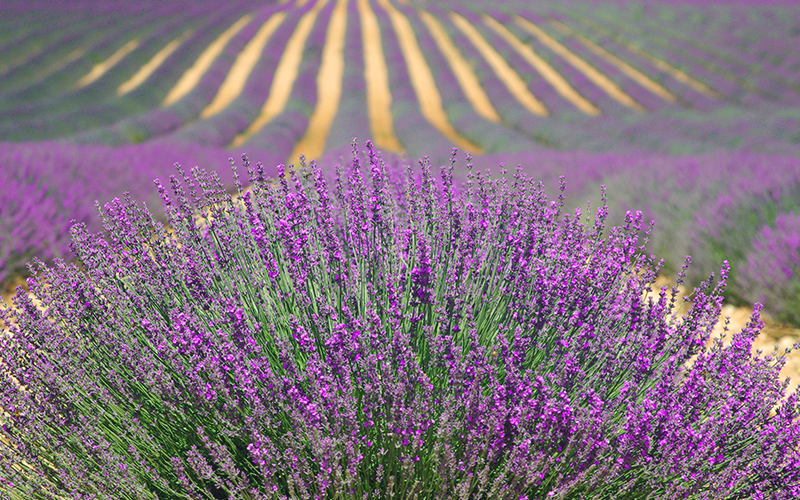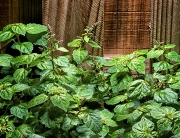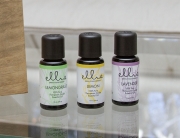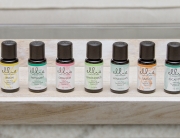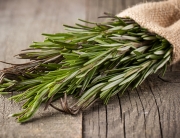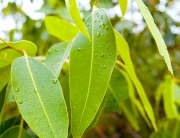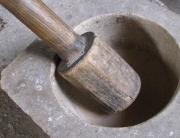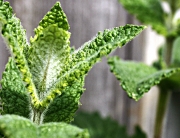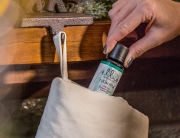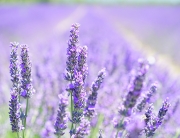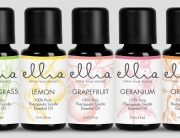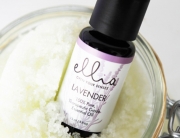We often take farming methods for granted, and think of crops in terms of our domestic agriculture. Essential oil crops are grown worldwide, and many oil-producing countries have much different methods of harvesting and farming, which can help us to understand the context of supply and production.
Peppermint is a great example of this contrast, especially when we compare the production of peppermint oil in India vs. the United States. In the United States, there are relatively few farmers, and each owns a large expanse of land, which is dedicated to growing peppermint for at least four years. This farmer also owns their own efficient distillation equipment, and sells the oil in bulk, to large flavor and fragrance companies.
By contrast, India has over a million farmers, each working with less than an acre of land (the most common measurement of land is by 1/6th of an acre). These farmers often work together in communities to grow and hand-harvest their crop, which they take to a community still. The still is often owned by a farmer, is often inefficient and outdated, and all farmers within the community pay a processing fee to use this still to produce oil.
When the oil is produced, the farmers collect the oil in a container, and bring it to a collection center. The collection center is a small storefront within town, where the farmers sit and wait for the collector to run a sample of their oil on a Gas Chromatograph to assess the quality. The collector will then buy oils, which are of a suitable quality, and batch them together in a drum. When the drum is full, the collector will sell it to a processor/exporter, who will then analyze it, and sell it in bulk, to large flavor and fragrance companies.
Despite inefficient equipment and convoluted supply chains, modern exporters and processors of Indian mint are working to provide free stainless steel containers to farmers, and track oil back to the very farm it came from, in an effort to ensure quality and transparency.

